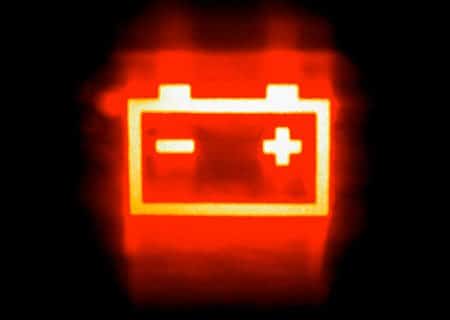 One of the best practices of measurement is ensuring a reliable and clean power supply. Without it, of course, the sensor doesn’t work. In order to achieve a good supply, we go to great lengths to route power lines, carefully establishing grounding points and avoiding EMI. It’s expensive, but it’s necessary.
One of the best practices of measurement is ensuring a reliable and clean power supply. Without it, of course, the sensor doesn’t work. In order to achieve a good supply, we go to great lengths to route power lines, carefully establishing grounding points and avoiding EMI. It’s expensive, but it’s necessary.
But something is stirring. Batteries are getting a lot better. While this has helped immensely, we (and nearly everybody else) are still looking forward to a bright future of improvement.
There is a way to skip all the wiring complexities that come with industrial control systems. Just eliminate them. Increasingly, control engineers are turning to wireless sensors and controllers to simplify and reduce cost.
As automation companies sought to answer the call, one of the biggest hurdles has been (and continues to be) finding powerful and compact batteries. After all, you can’t be wireless unless you have an integrated power supply.
The great news is battery manufacturers are stepping up. Batteries aren’t perfect yet, but they’re doable – and getting better. With careful power management practices (made possible via a controller), low power remote sensors can last for 5 years or more before the batteries need to be changed.
Of course, the flip side of that scenario means a sensor in a plant, always or often turned on, might only last a few months between battery changes. And the batteries can still be quite expensive.
But the benefits are enticing. Very simplified wiring (or none at all), easy deployment of sensors, and the potential to save a lot of money in the process. Between all the possibilities, there are a lot of control and process engineers with their eyes on the growth and improvement of wireless, battery-powered sensors.
There are really two scenarios where going wireless and battery-powered make the most sense right now – completely remote equipment (tanks, pumps, etc), and spread out plants with a lot of outdoor equipment (refineries, chem plants, etc). These environments are the most difficult to provide power and communications to sensors, and therefore are the “low hanging fruit” for using batteries and cutting wires.
Remote oil and gas production tanks are prime examples. These tanks can be miles apart, and need to be serviced regularly. To be honest, these tanks have long had remote telemetry on them, but it’s been expensive in the past. Today, it’s much cheaper and the technology is making it a lot easier to work with. As batteries continue to improve, the less need these tanks will have for solar arrays. As the associated wireless radios and modems improve, they’ll get smaller and less expensive.
Refineries are also a good example of battery-powered wireless sensors. These facilities tend to sprawl, and much of the equipment is exposed to the outdoors. This design is critical to the safety of the plant, but it makes wired sensor deployment more expensive.
Both of these examples happen to be classified as hazardous locations. This classification is important. There may be a lot of battery-powered sensors coming on the market. However, there aren’t as many that have hazardous location certifications.
Battery-powered sensors are already in a wide variety of locations – on both stationary and mobile equipment – both indoor and outdoor. However, as batteries continue to improve, more and more installed sensors will feature them. As the economics improve, you can expect even some locations with full power and communications nearby to use wireless and batteries.
The promise of easy installation is a powerful carrot.
Recently, Tesla even announced a new residential battery for powering homes. If the residential market is using batteries, you can bet the industrial markets are in the game as well.
Does this mean a new distributed power supply model? There are several forces that would push us there if social and political conditions become ripe.
However, the dollar still rules the day. As long as it’s still more economical to use the grid, we’ll continue to do it – for the most part. But telemetry could easily run largely on batteries in a lot of situations, and for a lot of reasons. Just like the decision to install one sensor over another, it will continue to be case-by-case.
This, of course, depends on what you’re after. However, for outdoor conditions, it’s still advantageous to find a good integrator whose bringing all the right equipment together for you. While batteries can last 5 years or more, that’s typically with very careful power management – like only taking a measurement once a day.
If you need to monitor more actively, you’ll still need to supplement with a solar panel. Yes, that means we’re back to wires. But while batteries have really improved lately, we’re still waiting for them to get even better. And they will.
If you’re interested in putting together a battery-powered sensor installation, give us a call. Several of our most reliable sensors are also low current – perfect for remote installations. And if you need this for your own equipment, we work with a few really good integrators who have a several solutions for you.
top image credit: Andy Armstrong via flickr cc